What does the end of "Moore's Law" mean?

Significant delays occurred in Intel's transition to 10 nm of the CPU manufacturing process (process rule)As represented by the news that we have been dominating the semiconductor industry for a long timeMoore's lawThe day when it can not be maintained is approaching as soon as possible. When Moore's law collapses, on what is the next new axis to come,Nature NewsIt is summarized.
The chips are down for Moore's law: Nature News & amp; Comment
http://www.nature.com/news/the-chips-are-down-for-moore-s-law-1.19338
"Moore's Law" is that "the number of transistors in a semiconductor integrated circuit doubles every two years", and in 1965 when Mr. Gordon Moore, one of the founders of Intel, was enrolled in Fairchild Semiconductor It was first proposed among published papers. Moore's Law itself was proposed by Mr. Moore who observed the technology of the semiconductor industry as a prediction based on the rule of thumb, but since the technology innovation of semiconductors has evolved substantially according to Moore's Law afterwards, in the semiconductor industry " It has been treated as an absolute indicator suitable for calling. In addition, the number of transistors is replaced by "performance", and Moore's law is sometimes expressed as "computer performance doubles in 18 months".
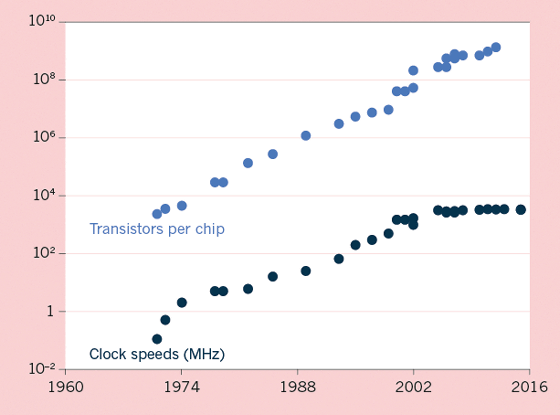
The integrated circuit, which has become smaller in accordance with Moore's law, reaches 14 nm in 2016 when the smartphone is at its best. In addition to improving the performance of mobile terminals such as smartphones,IoTWith the realization of the realization, the process rule is required to further miniaturize to 10 nm and 7 nm in the future.
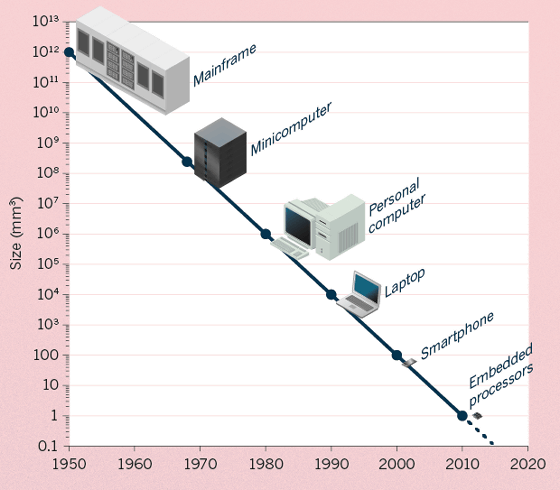
Moore's law, which has been applied in the semiconductor industry for more than 50 years since the 1960's, was not an accidental product. The semiconductor industry sees Moore's Law as an index to evolve technology, and most developers have used Moore's Law as a reference when creating a roadmap, which is a technical plan to be realized within several years I have history. In other words, there is the fact that we managed to maintain Moore's Law by developing technology to adhere to Moore's Law, creating technology to become a breakthrough when the law is about to collapse, and all those involved in the industry Because there was a goal of maintaining Moore's Law, Moore's Law is not a mere result.
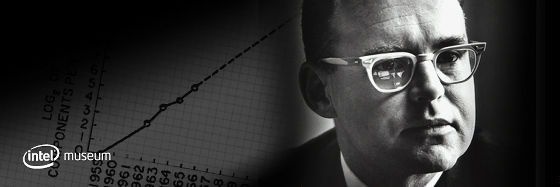
It is a semiconductor industry that has kept Moore's Law, but the technology of miniaturization has already become stalemate. As the miniaturization progresses, it becomes difficult to reduce the power consumption, there is a problem that the proportion of the area called "dark silicon" which can not supply electric power from the viewpoint of power consumption constraint increases, and also in this point it is difficult to push down miniaturization Is increasing, and it is becoming difficult to adhere to Moore's law.
If things are carried according to Moore's law, the process rule will enter 2 nm in 2030, but this is because the quantum influence will be larger than before on the scale of 10 atoms , Stable behavior of electrons can not be expected. In other words, the time to reach the area where simple world can not be drawn is improved as performance becomes finer as it becomes finer.
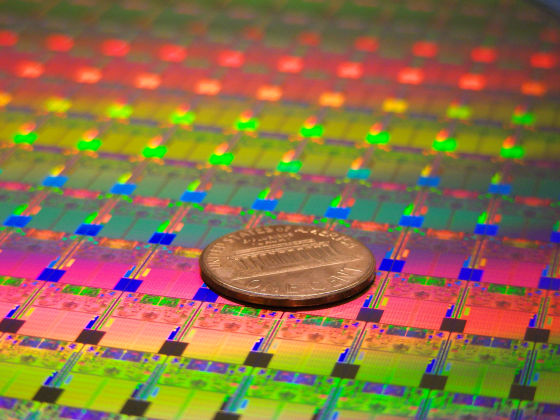
However, the important thing is that "the end of Moore's Law is not the end of technology evolution." Professor Daniel Reed of the University of Iowa commented, "The road trying to follow the evolution of the semiconductor industry is easier to understand if compared to an airplane.The Boeing 787 is superior in speed to the Boeing 707 in the 1950s However, performance has evolved certainly and it can be said to be a completely different plane ". In other words, the performance of a semiconductor should not be talked only by the density of an integrated circuit so that the performance of an airplane should not be told in a simple speed competition.
Since the center of computing has rapidly shifted from desktop PCs and notebook PCs to mobile terminals such as smartphones and tablets and cloud services tend to spread all at once, the next indication following Moore's Law is computing power It is more likely that power saving performance is more important, or packaging technology that combines multiple different chips such as CPU, memory, GPU, wireless chips into one can be an indicator of the performance of semiconductors.

Moreover, the problem of manufacturing cost which continues to increase according to technological progress, which is cited as one reason why Moore's Law can not be maintained continues to be an important element, so it seems no doubt that it is an important factor.
In addition, research on materials that change to silicon as a semiconductor material is progressing. For example,carbon nanotubeYaGrapheneAre being studied as promising candidates for semiconductor materials that replace silicon. On the other hand, silicon with the ultimate thinness of one atomic layer "SiliceneThere is also research that it is suitable for next generation semiconductors.
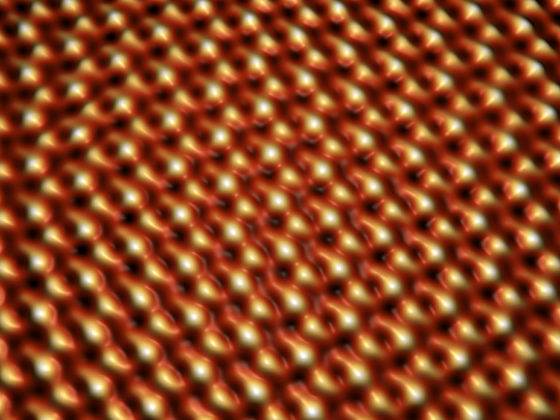
ByArgonne National Laboratory
Moore's law that "the density of a semiconductor integrated circuit doubles every two years" will end sooner or later, but there is a question of what will be the law that replaces Moore's law, first of all Aside from that, the evolution of the semiconductor industry is likely to continue towards maintaining the modified "New Moore's Law" such as "the value that the user can obtain is doubled every two years".
Related Posts:
in Hardware, Posted by darkhorse_log







